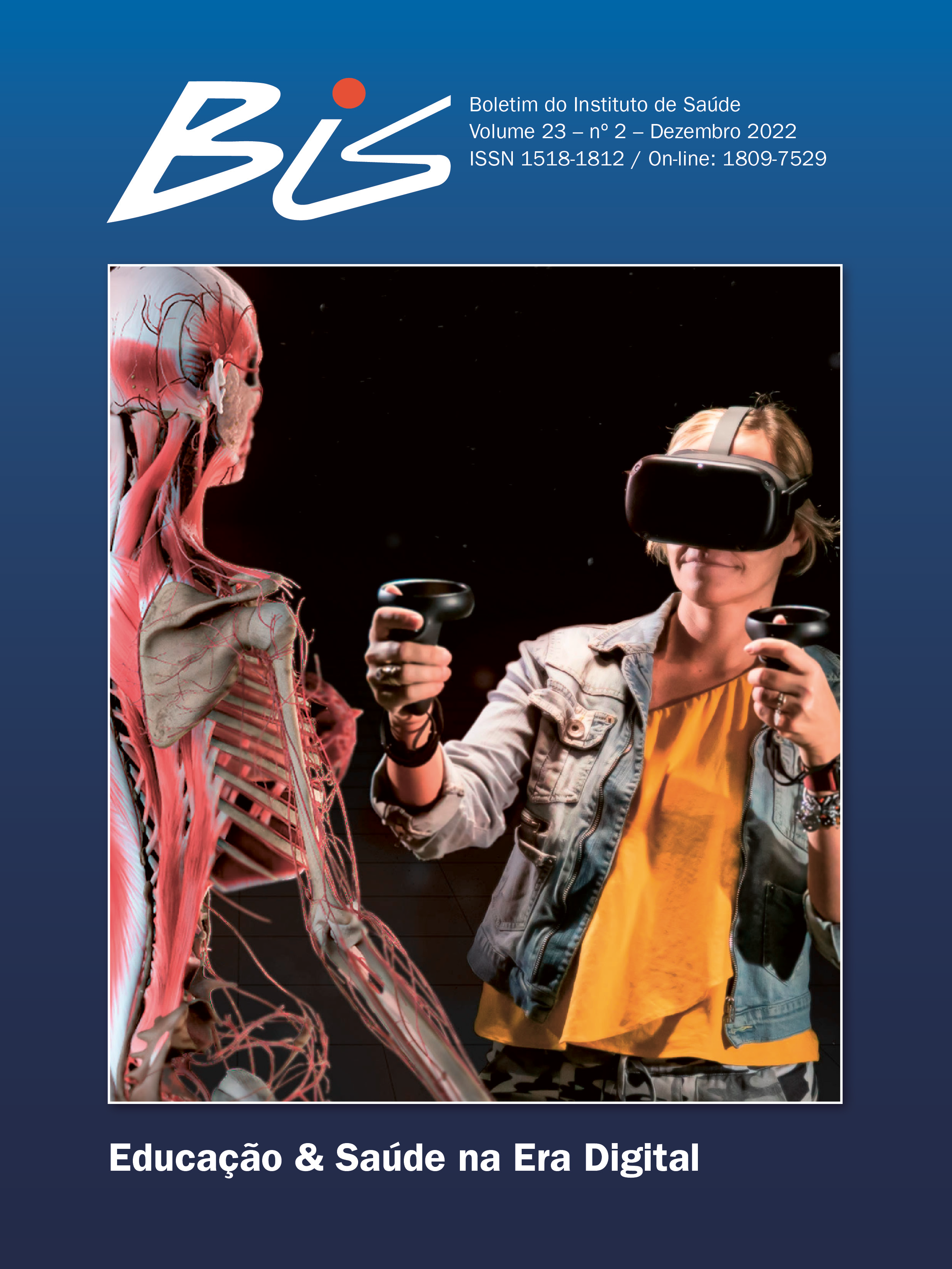Abstract
The startup MedRoom has developed an anatomy laboratory in virtual reality that has been used, since 2018, in human health
schools, mainly in medicine. By the end of 2021, 42 higher education institutions in Brazil had already had access to this
laboratory. This report presents the context that motivated the development of this product, the justification for choosing the
virtual reality technology, the criteria used in the development of the system and the different practical applications observed
in higher education institutions that implemented the product. Finally, the implementation of the laboratory in virtual reality
in the institutions Faminas, Unifaminas and in the schools of Inspirali is presented.
References
Cotta RMM, Silva LS, Lopes LL, Gomes KO, Cotta FM, Lugarinho R, et al. Construçã o de portfólios coletivos em currículos tradicionais: uma proposta inovadora de ensino aprendizagem. Cien Saude Colet. 2012;17(3):787-796.
Gallego LV. Hacia una universidad competente. Rev Ibero Americana de Educaçã o. 2012;58 (2).
Brasil. Ministério da Educação. Diretrizes Curriculares Nacionais. Brasília; 2001.
Cotta RMM, Mendonça ET, Costa GD. Portfólios reflexivos: construindo competências para o trabalho no Sistema Único de Saúde. Rev Panam Salud Publica. 2011;30(5):415-421.
Couto RC, Pedrosa TMG, Roberto BAD, Daibert PB, Abreu ACC, Leão ML. II Anuário Da Segurança Assistencial Hospitalar No Brasil. IESS-UFMG; 2018.
National Academies of Sciences, Engineering, and Medicine. Crossing the Global Quality Chasm: Improving Health Care Worldwide. National Academies Press; 2018.
Brandão CS, Collares CF, Marin HF. Realistic simulation as an educational tool for medical students. Scientia Medica. 2014; 24(2):187-192.
Krcmar M, Farrar K, McGloin R. The effects of video game realism on attention, retention and aggressive outcomes. Computers in Human Behavior. 2011;27(1): 432-439.
Petrov C. 45 Virtual Reality Statistics That Will Rock the Market in 2022. Techjury [Internet]. 2022 [acesso em 16 maio 2022]. Disponível em: https://techjury.net/blog/virtual-reality-statistics/#gref
Milgram P, Kishino F. A Taxonomy of Mixed Reality Visual Displays. IEICE Transactions on Information Systems. 1994; E77-D(12).
Moro C, Štromberga Z, Raikos A, Stirling A. The effectiveness of virtual and augmented reality in health sciences and medical anatomy. Anatomical sciences education. 2017;10(6):549–559.
Zhao J, Xu X, Jiang H, & Ding Y. The effectiveness of virtual reality-based technology on anatomy teaching: a meta-analysis of randomized controlled studies. BMC medical education. 2020;20(1):127.
Moro C, Birt J, Stromberga Z, Phelps C, Clark J, Glasziou P, Scott AM. Virtual and Augmented Reality Enhancements to Medical and Science Student Physiology and Anatomy Test Performance: A Systematic Review and Meta-Analysis. Anatomical sciences education. 2021;14(3):368–376.
Descritores em Ciências da Saúde: DeCS [Internet]. 2022. São Paulo : BIREME; 2022 [acesso em 16 mai 2022]. Disponível em: http://decs.bvsalud.org
Lindeman E. The meaning of adult education. Nova York: New Republic; 1926.
Medeiros RO, Marin MJS, Lazarini CA, Castro RM, Higa EFR. Formação docente em metodologias de aprendizagem ativa. Interface (Botucatu) [Internet]. 2022 [acesso em 1 mai 2022]; 26:e210577. Disponível em: https://doi.org/10.1590/interface.210577

This work is licensed under a Creative Commons Attribution 4.0 International License.
Copyright (c) 2023 Vinícius Valukas Gusmão, Cristiano Valério Ribeiro, Vivian Alessandra Silva
